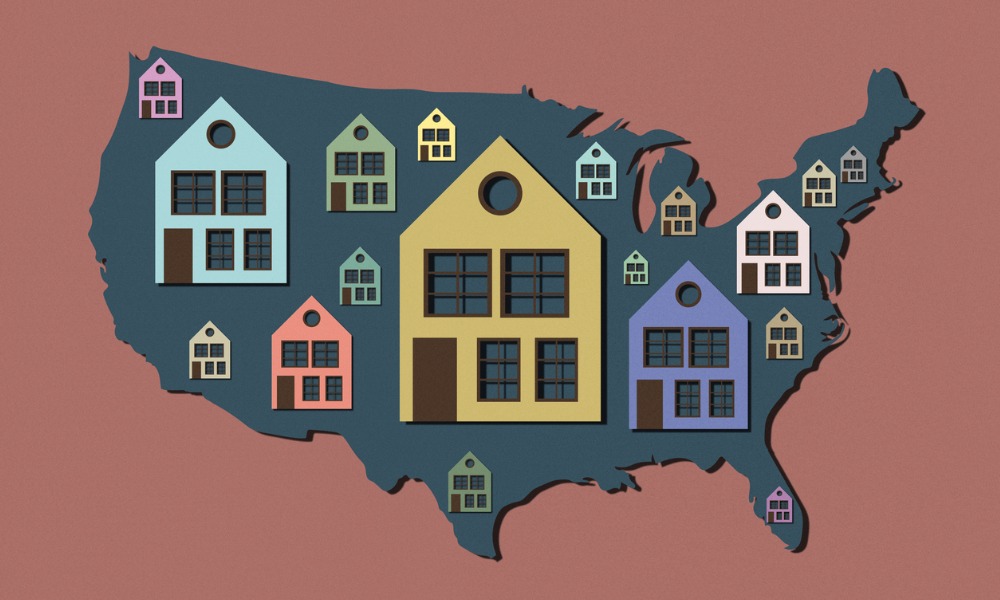ATTOM report reveals pockets of strength, highlights areas to watch

Housing markets in some metro areas are more exposed to potential downturns than others, according to ATTOM.
The company’s analysis examined factors such as home affordability, underwater mortgages, foreclosures and unemployment rates in the first quarter of 2024.
High-risk areas
The report found that 34 of the 50 most at-risk counties were in California, New Jersey and Illinois. This includes major metro areas like New York City, Chicago and large swaths of inland California.
Significant homeownership costs—mortgage payments, property taxes, and insurance—on median-priced single-family homes and condos consumed more than one-third of average local wages in 36 of the 50 most vulnerable counties. Nationwide, these expenses accounted for 32.3% of average local wages.
Additionally, at least 5% of residential mortgages were underwater in 41 of the 50 most at-risk counties, compared to the national average of 6.6%. More than one in every 1,000 residential properties faced foreclosure action in 44 counties, whereas the national rate was one in 1,478 homes.
Unemployment rates in March 2024 were at least 5% in 30 of the 50 most vulnerable counties, while the national figure stood at 3.8%.
“The patterns of varying market vulnerability that we’ve been seeing over the past few years are pretty much continuing in place, with some of the same areas falling out at opposite ends of the trend line,” said Rob Barber, CEO at ATTOM.
Less vulnerable regions
On the opposite end of the spectrum, 22 of the 50 least vulnerable counties are in Virginia, Wisconsin, and Tennessee. Four counties are in the Washington, DC, and Richmond, VA, metropolitan areas.
Read next: When is housing affordability expected to return to the US?
In the least at-risk counties, home ownership costs on median-priced single-family homes and condos required more than one-third of average local wages in only 28 of the 50 counties. Less than 5% of residential mortgages were underwater in 38 of these counties, and none faced foreclosure action during the first quarter of 2024. The unemployment rate was below 4% in all 50 least vulnerable counties.
“Once again, this is not to suggest that any one market is facing imminent decline. It’s more a measure of vulnerability gaps,” Barber said. “But with the housing market slowing down over the past year, some metro areas appear notably better positioned than others to withstand a scenario of the market topping out and heading downward.”
Stay updated with the freshest mortgage news. Get exclusive interviews, breaking news, and industry events in your inbox, and always be the first to know by subscribing to our FREE daily newsletter.



